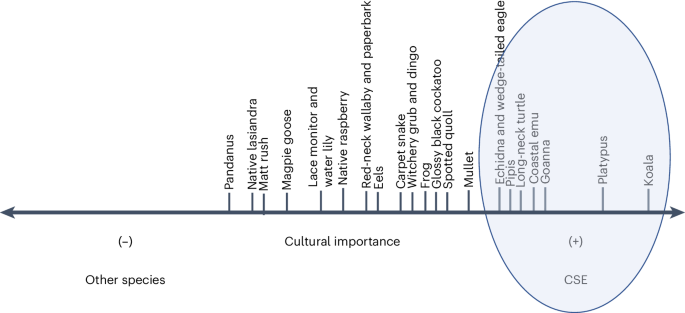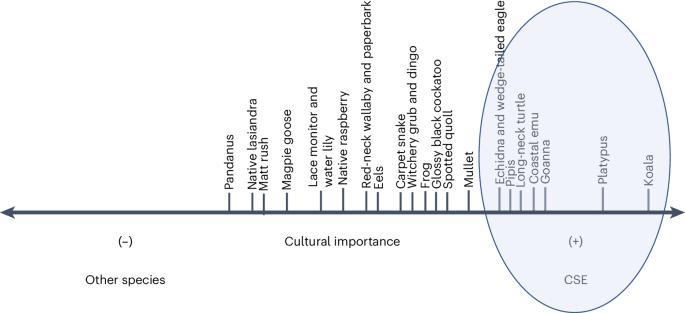由土著主导指定和管理具有重要文化意义的物种。
IF 13.9
1区 生物学
Q1 ECOLOGY
引用次数: 0
摘要
全球土著人民正在积极寻求更好地承认具有文化意义的动植物,其中包括物种和生态群落。在生物多样性保护中承认具有文化意义的实体并对其进行合作管理,可以改善环境成果以及土著人民的健康和福祉。由于全球土著知识、价值观和义务的多样性和复杂性,采用普遍方法指定具有重要文化意义的实体的可能性很小。相反,赋予当地土著人主导的治理结构以确定基于地方的具有文化意义的实体的方法,将产生具有文化意义的结果。在这里,我们使用了一个结构化决策框架,其中包含由土著专家制定的目标和生物文化措施,目的是为澳大利亚东部沿海邦贾隆地区的合作管理方法确定具有文化意义的地方实体的优先次序。我们发现,与现行法律和政策所支持的受威胁物种管理的殖民主义重点相比,具有重要文化意义的实体优先事项和管理之间既有一些一致性,也有一些重要差异。我们提供了可复制的方法,并展示了在澳大利亚背景下成功指定当地具有重要文化意义的实体并确定其优先次序的过程,突出了在政府支持下指定和管理具有重要文化意义的实体过程中土著领导的机会。本文章由计算机程序翻译,如有差异,请以英文原文为准。


Indigenous-led designation and management of culturally significant species
Indigenous peoples globally are actively seeking better recognition of plants and animals that are of cultural significance, which encompass both species and ecological communities. Acknowledgement and collaborative management of culturally significant entities in biodiversity conservation improves environmental outcomes as well as the health and wellbeing of Indigenous people. The global diversity and complexity of Indigenous knowledge, values and obligations make achieving a universal approach to designating culturally significant entities highly unlikely. Instead, empowering local Indigenous-led governance structures with methods to identify place-based culturally significant entities will yield culturally supported results. Here we used a structured decision-making framework with objectives and biocultural measures developed by Indigenous experts, with the aim of prioritizing place-based culturally significant entities for collaborative management approaches on Bundjalung Country in coastal eastern Australia. We found some congruence and some important differences between culturally significant entities priorities and management compared with the colonial focus of threatened species management underpinned by current laws and policies. We provide reproduceable methods and a demonstration of successful local culturally significant entities designation and prioritization in an Australian context that highlights opportunities for Indigenous leadership, supported by governments in the designation and management of culturally significant entities. Indigenous-led structured decision-making workshops with local Indigenous people on Bundjalung Country in Australia identified and prioritized culturally significant species and determined Bundjalung-led actions for the management of these culturally significant entities.
求助全文
通过发布文献求助,成功后即可免费获取论文全文。
去求助
来源期刊

Nature ecology & evolution
Agricultural and Biological Sciences-Ecology, Evolution, Behavior and Systematics
CiteScore
22.20
自引率
2.40%
发文量
282
期刊介绍:
Nature Ecology & Evolution is interested in the full spectrum of ecological and evolutionary biology, encompassing approaches at the molecular, organismal, population, community and ecosystem levels, as well as relevant parts of the social sciences. Nature Ecology & Evolution provides a place where all researchers and policymakers interested in all aspects of life's diversity can come together to learn about the most accomplished and significant advances in the field and to discuss topical issues. An online-only monthly journal, our broad scope ensures that the research published reaches the widest possible audience of scientists.
 求助内容:
求助内容: 应助结果提醒方式:
应助结果提醒方式:


